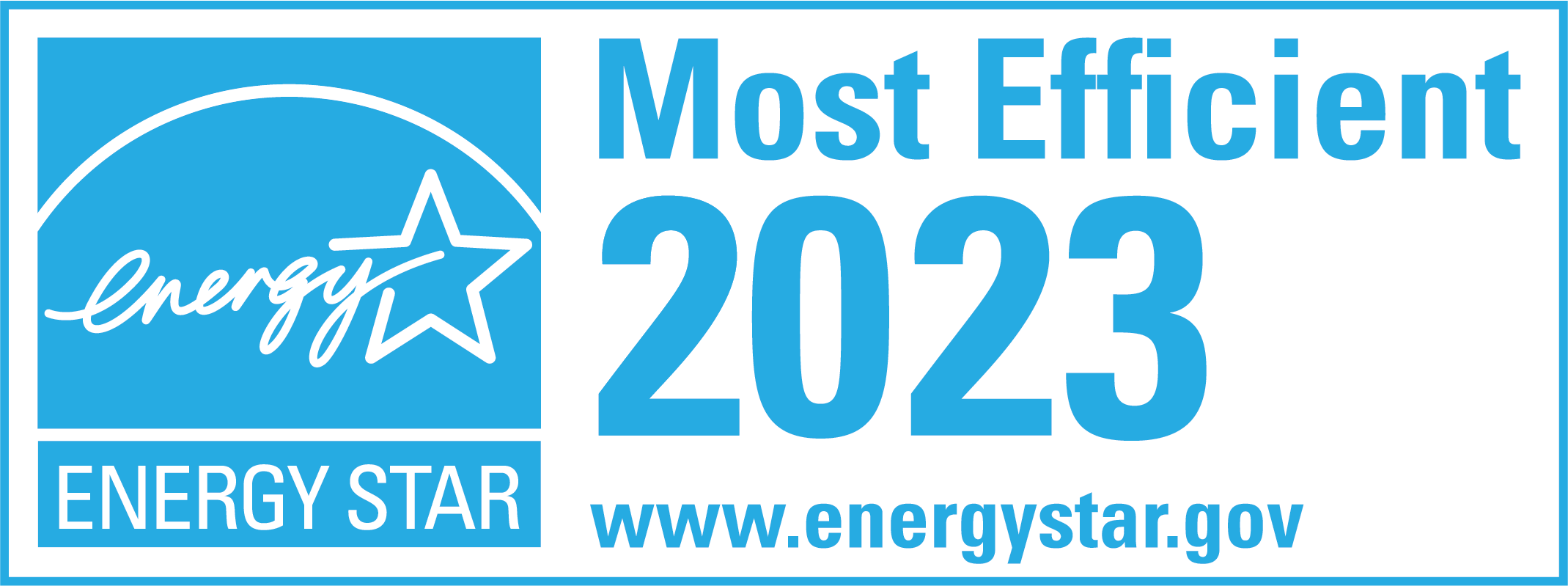Vinyl vs. Fiberglass Windows
When choosing the right windows for your home, the decision can often be overwhelming. With so many options available in the market, it’s essential to understand the differences between each type. This article explores the key features and compares vinyl and fiberglass windows. By understanding their qualities, you can make an informed decision that fits your needs and budget.
Understanding the Basics: Vinyl and Fiberglass Windows
Before we dive into the differences, let’s look at vinyl and fiberglass windows individually.
What are Vinyl Windows?
Vinyl windows are constructed using a durable and low-maintenance material known as polyvinyl chloride. This material is known for its exceptional thermal performance, making vinyl windows energy-efficient. Additionally, they are resistant to moisture, termites, and fading, providing long-lasting durability.
Regarding design options, vinyl windows offer a wide range of choices. They can be customized to fit any architectural style, whether traditional, modern, or contemporary. With various colors, finishes, and hardware options, homeowners can easily find vinyl windows that complement their home’s aesthetic.
Furthermore, vinyl windows are known for their excellent sound insulation properties. They can significantly reduce outside noise, creating a peaceful and quiet indoor environment. This feature particularly benefits those living in noisy neighborhoods or near busy streets.
What are Fiberglass Windows?
In contrast, fiberglass windows are made from composite materials like glass fibers and polyester resins. These windows offer excellent strength and stability, making them highly durable. They are also energy-efficient and can withstand extreme weather without warping or bending.
One of the key advantages of fiberglass windows is their superior thermal performance. They have a low thermal conductivity, meaning they can effectively prevent heat transfer between the interior and exterior of a home. This results in reduced energy consumption and lower utility bills.
Moreover, fiberglass windows are highly resistant to expansion and contraction, which can occur due to temperature changes. This stability ensures that the windows maintain shape and functionality over time without warping or distortion.
Regarding aesthetics, fiberglass windows offer a sleek and modern look. They can be painted in various colors, allowing homeowners to match their windows with their home’s exterior or interior design. Additionally, fiberglass windows can be manufactured with slim profiles, maximizing the glass area and enhancing the overall view.
Key Differences – Vinyl vs. Fiberglass Windows
Now that we have familiarized ourselves with the basics, let’s compare the major differences between vinyl and fiberglass windows.
When choosing windows for your home, there are several factors to consider. Two popular options on the market today are vinyl and fiberglass windows. While both offer advantages, they also have distinct differences that may influence your decision.
Material Composition
Vinyl windows are entirely made of PVC, a type of plastic known for its durability and affordability. On the other hand, fiberglass windows consist of composite materials, typically a combination of glass fibers and resin. This distinction affects factors such as strength, durability, and energy efficiency.
Fiberglass windows offer greater overall strength and stability due to their composition. Combining glass fibers and resin creates a robust frame that can withstand harsh weather conditions, including strong winds and heavy rain. Vinyl windows, while also durable, may not offer the same level of strength as fiberglass.
Energy Efficiency
Regarding energy efficiency, both vinyl and fiberglass windows have their advantages. Vinyl windows offer excellent thermal performance, reducing heat transfer and minimizing energy loss. The insulating properties of PVC help keep your home comfortable year-round, potentially reducing your energy bills.
On the other hand, fiberglass windows boast exceptional insulation properties. The composite materials used in their construction provide superior thermal efficiency, effectively keeping your home cool in the summer and warm in the winter. This can contribute to a more comfortable living environment and further energy savings.
Durability and Maintenance
While both vinyl and fiberglass windows are known for their durability, fiberglass windows have a slight edge in this department. Fiberglass frames are solid and resistant to warping, expanding, or contracting. This makes them an ideal choice for regions with extreme weather conditions, as they can withstand temperature fluctuations without compromising their structural integrity.
Vinyl windows, though highly durable, may experience some expansion and contraction in extreme temperatures. This can lead to issues such as air leakage or difficulty opening and closing the windows. However, with proper installation and maintenance, these issues can be minimized.
In terms of maintenance, vinyl and fiberglass windows are relatively low maintenance, requiring minimal upkeep over their lifespan. Both materials resist rot, corrosion, and fading, making them suitable for long-term use. Regular cleaning and inspection are typically all needed to keep these windows in excellent condition.
When choosing between vinyl and fiberglass windows, it’s essential to consider your specific needs and priorities. Budget, climate, and aesthetic preferences should all be considered. Ultimately, both options offer their own advantages and can enhance your home’s overall look and energy efficiency.
Cost Comparison: Vinyl vs Fiberglass Windows
When considering the cost of windows, it’s essential to analyze the initial purchase and installation costs and the long-term maintenance costs.
Initial Purchase and Installation Costs
Vinyl windows are typically more affordable than fiberglass windows. They are widely available and offer a cost-effective option for homeowners on a budget. Fiberglass windows, however, are generally more expensive due to their superior strength and durability. The installation costs for both types are similar, although it may vary depending on factors such as window size and location.
Long-term Maintenance Costs
While vinyl windows may have lower upfront costs, they may require slightly more maintenance over time. Extreme temperature fluctuations can cause the frames to expand or contract, potentially leading to leaks or drafts. Fiberglass windows, however, require minimal maintenance and are less prone to issues caused by temperature changes. Consequently, the long-term maintenance costs for vinyl windows may be slightly higher.
Aesthetic Appeal of Vinyl vs. Fiberglass Windows
The appearance of your windows plays a significant role in the overall aesthetic appeal of your home. Let’s explore the design options available for both vinyl and fiberglass windows.
Color and Design Options
Vinyl windows offer a wide range of color options that can fit various architectural styles. They are available in different finishes, including wood veneers, to replicate the look of traditional wooden windows. Fiberglass windows also provide a variety of color choices, allowing you to customize your windows to complement the overall design of your home.
Customization Possibilities
Both vinyl and fiberglass windows can be customized to fit unique architectural preferences. Vinyl windows can be easily fabricated into different shapes and sizes, enabling homeowners to create a personalized look. Fiberglass windows also offer customization options, allowing you to select from various grille patterns and hardware finishes.
Environmental Impact of Vinyl vs. Fiberglass Windows
Considering the environmental impact of different window materials is crucial for sustainability-conscious homeowners. Let’s delve into how vinyl and fiberglass windows affect the environment.
Manufacturing Process
The manufacturing process of both vinyl and fiberglass windows has some environmental implications. Vinyl window production requires the extraction and processing of PVC, which can adversely affect the environment. Conversely, fiberglass windows involve natural resources like glass fibers and polyester resins, which are more sustainable choices.
Lifespan and Disposal
Both vinyl and fiberglass windows have long lifespans, contributing to their environmental sustainability. However, fiberglass windows are more environmentally friendly when it comes to disposal. They can be recycled, preventing excessive waste from ending up in landfills. Vinyl windows, while durable, are not as easily recycled and may contribute to environmental pollution if improperly disposed of.
In Conclusion
Choosing between vinyl and fiberglass windows ultimately depends on your specific requirements and preferences. Vinyl windows are a cost-effective option with excellent energy efficiency, while fiberglass windows offer superior durability and sustainability. Consider your budget, aesthetic preferences, and environmental concerns when deciding. By understanding the key differences between vinyl and fiberglass windows, you can select the best option for your home that will provide lasting comfort and style.
Call us at 214-399-9592 to discuss window pricing and availability. Our replacement window services are limited to North Texas cities, from Irving and Dallas to Frisco and Rockwall.






